Categories
Best Medicine Cabinets with Lights at Affordable Costs
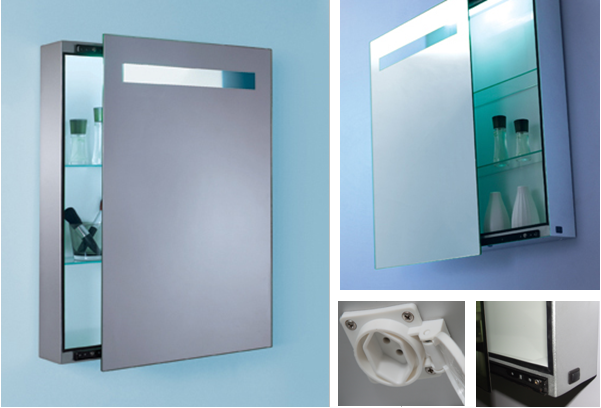
What are medicine cabinets made for? They are designed to add d?cor to the room and store various bathroom items. The most popular brands of such constructions are Robern, Broan, Ketcham, Kohler, Empire, Wave and others.
Speaking about medicine cabinets with lights, it should be noted that they are widely available in a great variety of sizes and styles, thus they can store as many items as you have. In addition, such cabinets can add a decorative touch. Lighted medicine cabinets can have either side or top lights, which increase the light where you need.
You can also choose either a frameless or framed design, a triple, double or single door variant to accommodate the bathroom of any configuration and size.
What about the most popular models?
Portable Ultrasound Machines for Fast and Non-Invasive Diagnosing and Therapy
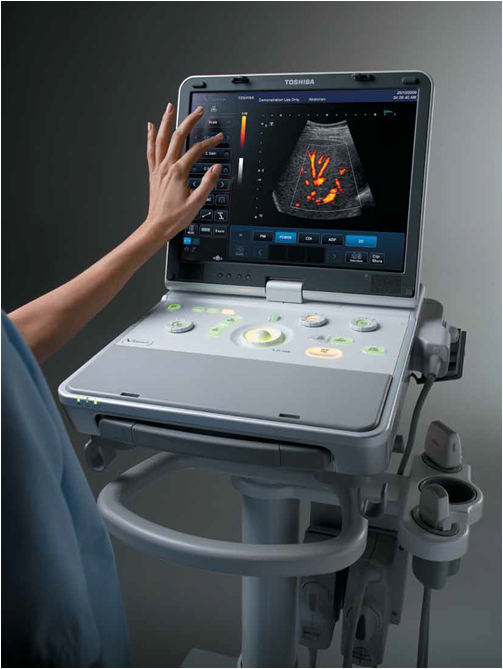
A portable ultrasound machine is used for diagnostic medical imaging to visualize many internal organs, tendons and muscles. It captures their size and structure, as well as pathological lesions with real-time images.
Ultrasound had become widely used since 1980s, and since that time its bulk and cost were greatly limited to be used in hospitals. In ten years (1990s) there was offered a portable machine that weighed less than 6 pounds. As for today, the units are very lightweight, can withstand various abusive environmental conditions, and provide images of the highest quality.
Portable units become more and more popular. They get smaller, more adaptable and much better. So, the ultrasound market offers a huge variety of portable devices of different types, options, additional features, as well as from different manufacturers.
How to Promote Rapid Healing with a Physical Therapy Ultrasound Machine?
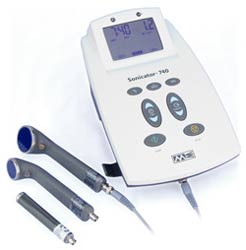
To help patients with their pain many physical therapists use ultrasound. A physical therapy ultrasound machine uses sound waves in order to generate heat within a certain body part. Ultrasound plays a role of a stimulator, as it stimulates tissue regeneration and is able to increase the blood supply to the affected area. In fact, it also can relieve pain.
What Is an Ultrasound Machine?
A typical therapeutic ultrasound machine consists of a current generator of 800 kHz frequency. It is led to the crystal in the head of an applicator. Crystal polarization causes to the oscillations of the same frequency. In order to avoid the presence of air in the crevices of skin, doctors use contact solutions.
It is important to remember that high ultrasound exposure can trigger the damage of the tissue. That is why nothing greater than 2 W/cm2 of the head of the applicator is used. (How to use ultrasound machine)
Popular Oil Rubbed Bronze Medicine Cabinets for Your Bathroom
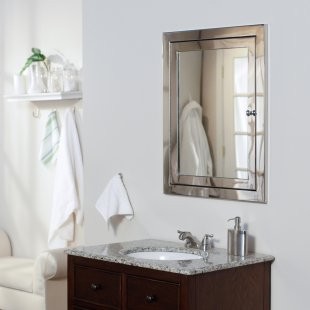
While choosing a medical cabinet, it is highly important to pay special attention both to its functionality and style. Today’s market offers many simple ones that have mirrors over the shelves necessary for some basic needs. However, there are also other popular models, including oil rubbed bronze medicine cabinets. What makes them different from others?
- A large front mirror with the maximum light reflection;
- an elegant design with a frame in oil rubbed bronze finish;
- surface mount installation with right or left handed opening;
- adjustable glass shelves.
Let’s see what options popular manufacturers offer.
Shaping Your Body with an Ultrasonic Cavitation Machine is Easy!
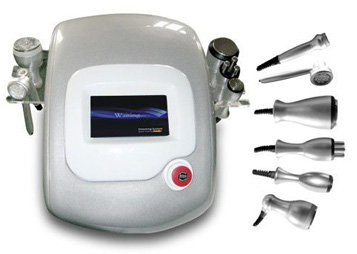
What does ultrasonic cavitation treatment aim at? It aims at reshaping one’s body instantly. This is a pain free and noninvasive alternative that delivers immediate, consistent and long-lasting results. If you are looking for a pretty fast and non-surgical way to shape your body globally, then an ultrasonic cavitation machine is what you really need!
What Is an Ultrasound Cavitation Machine?
It is also called a slimming machine for a nonsurgical liposuction. As long as it is a non-invasive treatment option, it has no risks. The effects of the use of such machine are noticeable after the very first procedure. Besides, there is no alteration or any kind of inflammation of the surrounding tissues. Right after the very first course you will notice great changes in your body shape.
The ultrasonic cavitation machine can be effectively used by an average or moderate overweight person, who exercises regularly and has a healthy lifestyle.
Anesthesia Equipment & Instruments: Definitions & Principles of Practical Usage
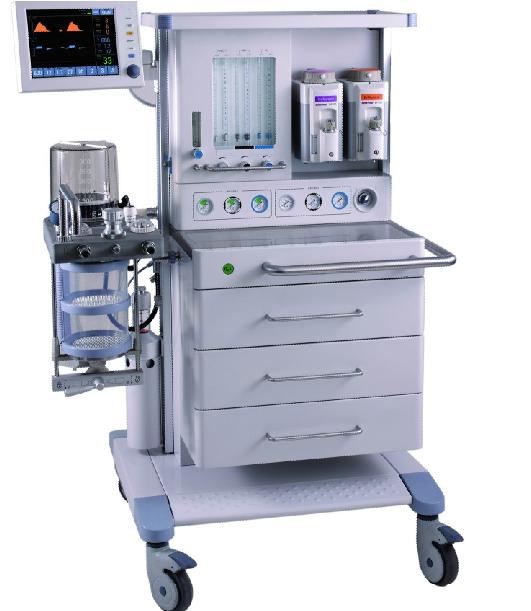
Anesthesia, or anesthetic equipment, is a set of instruments and devices used in anesthesiology, which is the medical science or a branch of medicine that studies and applies or administers anesthetics. Probably, the most common part of anesthesia equipment is the anesthesia machine, also called Boyle’s machine (named after Henry Boyle, the British anesthesiologist, who in 1917 invented the machine’s original concept), which is a special medical device that consists of a ventilator, suction unit, and a patient monitoring device and is used primarily for supporting anesthesia administration to the patients.
Ventilator Circuit
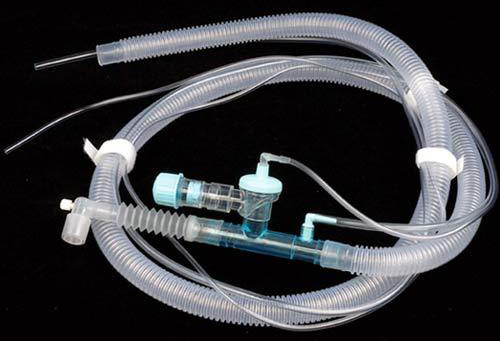
Artificial lung ventilation (ALV) was introduced into clinical practice in 1929 in order to “provide opportunities for all patients with impaired respiratory function to restore normal breathing”. This procedure has been used as a selective lung ventilation method in some pathological conditions for a long time.
Auxiliary ventilation allows the patient to maintain spontaneous breathing. Auxiliary lung ventilation can be considered as an interim stage between traditional artificial lung ventilation and adequate independent breathing.
The main task of anesthetic equipment of any complexity is to provide respiratory functions of the organism, i.e. effective gas exchange in conditions of separate or artificial respiration. Breathing circuit provides oxygen and anesthetics administration from anesthesia apparatus into the respiratory tract (lungs) of a patient and removal of this expiratory mixture. There are two main types of ventilator circuits: with and without the reversion of gas mixture. Reversion means full or partial rebreathing of the anesthetic gas that has already been exhaled. The simplest systems are nonrebreathing ones, which do not use the expiratory mixture again and depend on the level of fresh gas flow. Several models of such systems are described by Mapelson and are still used in some areas of anesthesiology, for example in pediatrics. However, in order to prevent the accumulation of CO2 in the circuit a flow of fresh gas is required, which exceeds minute pulmonary ventilation at least twice.
Anesthesia Ventilator: Certified Means Of Lung Ventilation
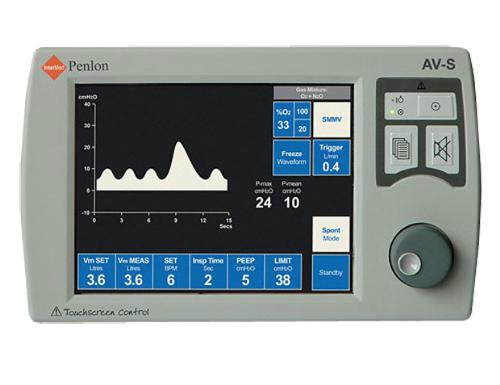
Artificial lung ventilation (ALV) provides gas exchange between environment air (or a mixture of gases) and lung alveoli. It is used as a reanimation tool in case of a sudden respiratory arrest, as a component of anesthesia, a means of intensive therapy of acute respiratory failure and some diseases of nervous and muscular systems.
Anesthesia ventilator is a part of the operational unit equipment in any modern clinic and is used during surgical operations of increased complexity. It provides monitoring of patient’s breath, improves oxygen delivery into the body and excretion of carbon dioxide. The ventilator can be applied with all types of facilities for inhalation narcosis; it can also minimize unwanted complications during surgery. An anesthesiologist can qualitatively monitor patient’s breath and state as well as respond to any changes during the surgical interference. The device is especially valuable when carrying out long-term operations: in combination with inhalation narcosis even the most difficult operations are withstood much easier by patients, it helps to decrease the risks of anesthesia.
ENT Workstation: Modern Equipment Of Any ENT-Cabinet
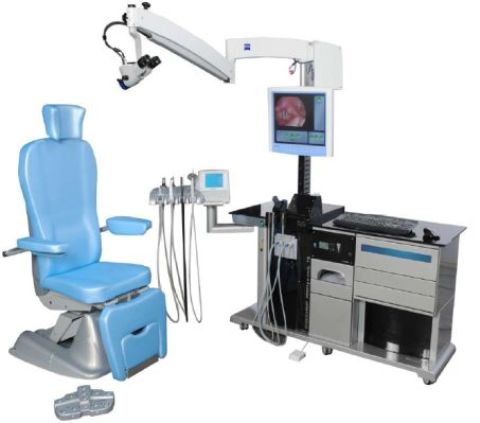
The diseases of upper air passages and ENT-organs are very common among patients of all age categories and require careful attention to diagnosis and timeous treatment. Qualitative modern equipment of the cabinet and availability of doctor’s instruments for the inspection of a big number of patients play fundamental role in the organization of work of an otolaryngologist; it helps to reduce labour intensity and increase work efficiency.
Specialized sets and complexes of medical equipment are designed for the achievements of these goals: the working place of an otolaryngologist or ENT workstation (ENT installation).
ENT workstations possess a wide range of functions, which are aimed at optimization of the work of a specialist. In most cases the functionality of the equipment meets all modern requirements.
Medical Gas Manifold Systems
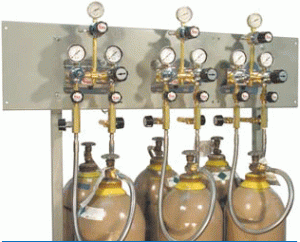
Medical gas manifolds and gas manifold systems have been designed for industrial and laboratory applications that require permanent inflows of medical gas at a specified level of pressure. There is a whole range of offers for various types of medical institutions as well as for wide spectrum of medical gases (oxygen, nitrogen, CO2, medical air, helium, etc.). Designed in compliance with official standards such as EN ISO 7396-1 or HTM 02-01 they can be easily customized for any application depending on the size of the institution, clinical requirements and specific customer needs. For small medical institutions there are simple, semi- and fully automated gas manifolds, while for large clinics there are manifold systems terminals and manifold plants.
Typical automated manifold is a pipeline system filled with high-pressured medical gas that flows from cylindrical containers or tanks. It consists of two banks of containers on either side of the pressure control set and an additional source for emergency gas supply. As primary supply for oxygen, liquid source typically is in use, while two-side cylinder supply serves as a reserve. The position of the automatic switchover indicates which bank is being utilized at a particular moment and which is still in reserve. The gas pressure remains constant at a preset level. The manifold takes gas in from the “working” cylinder until its get empty. Then manifold automatically switches to the “reserved” cylinder bank intake. After the replacement of the empty cylinder, bank the changeover moves to the other side to reset the manifold. Each manifold is supplied with a detailed operating instruction and a warranty manual.



